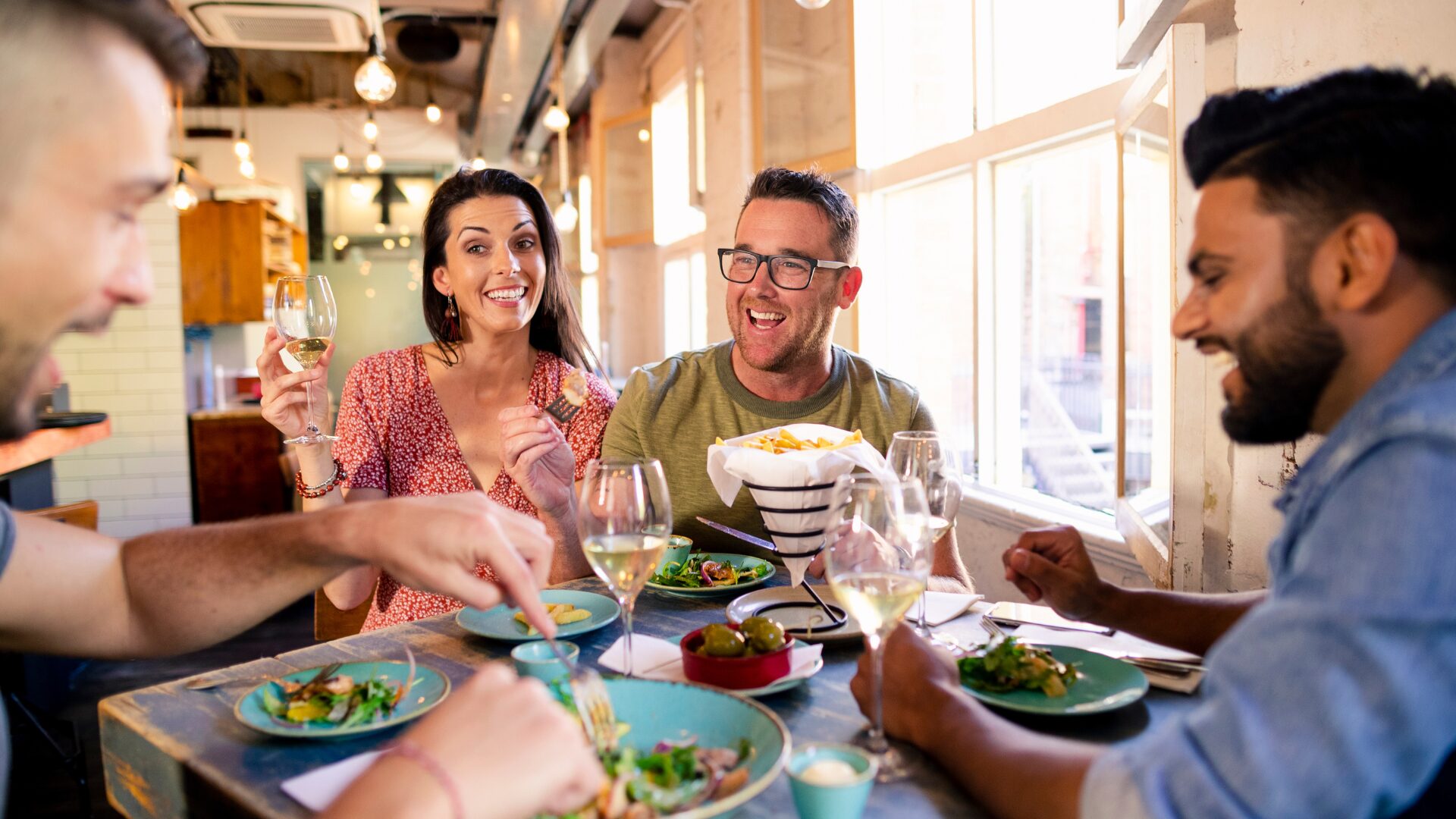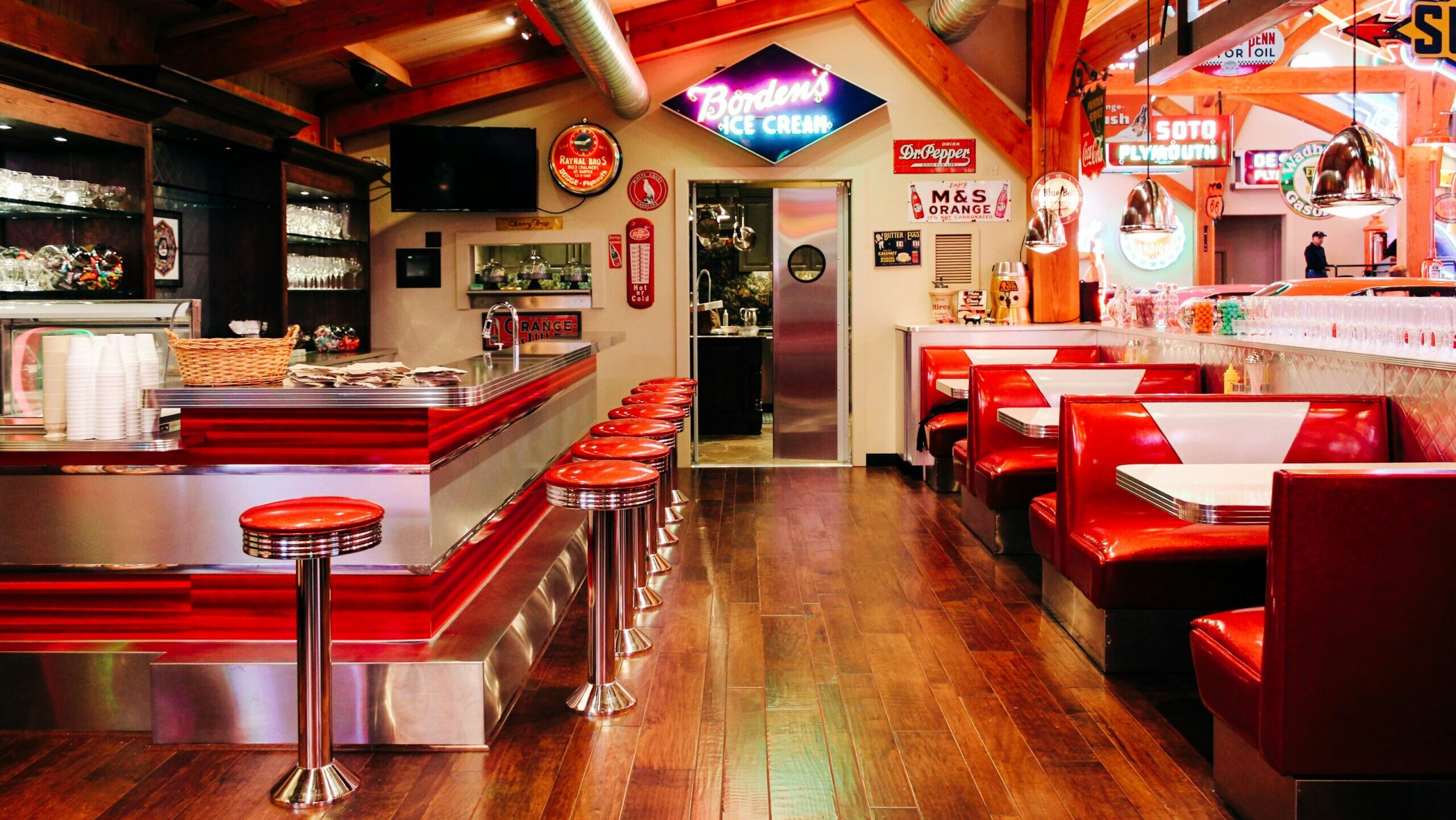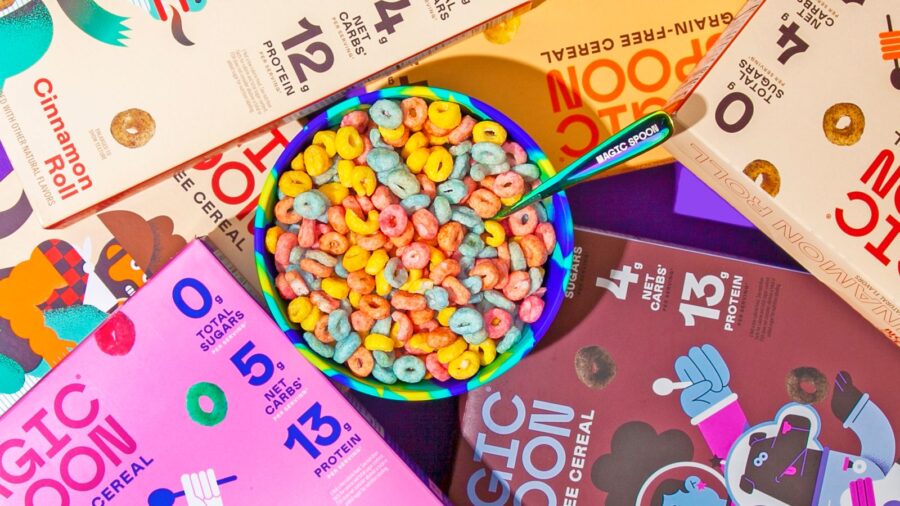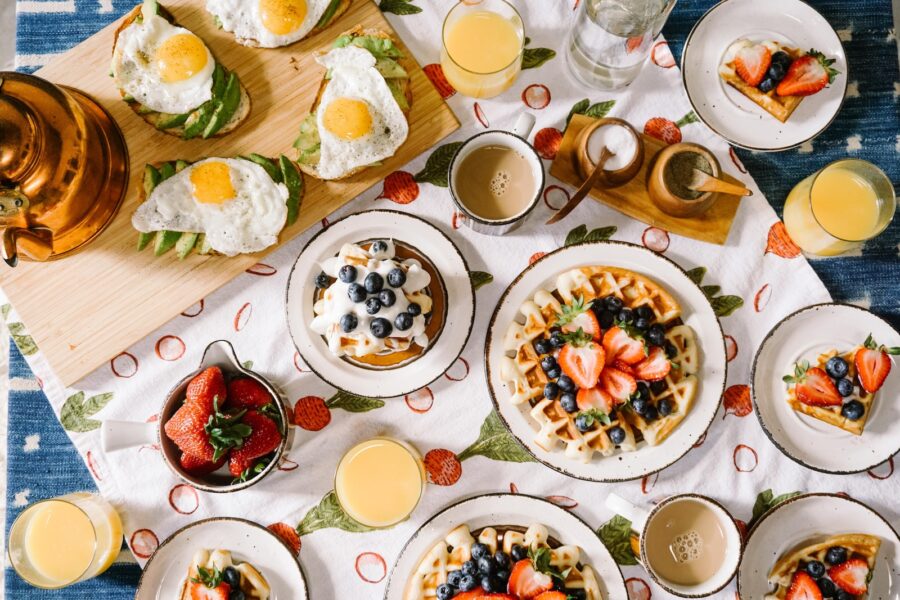At the height of the pandemic, IHOP debuted what it expected to be a can’t-miss concept: Flip’d, an all-day IHOP inspired menu taking advantage of the COVID-inspired growth in take-out. The menu included favorites from the IHOP menu like pancakes, burritos and burgers.
The company opened four locations for its pilot program in New York, Denver, Lawrence, Kansas, and Silver Spring, Maryland.
There was just one problem: Consumers weren’t impressed.
“The finest way to eat pancakes is hot and fluffy, straight from the griddle, especially when they are newly prepared,” Jakob Miller, founder of Barbecue Pals, told The Food Institute. “A crucial component of the morning experience is the act of sitting down in a welcoming restaurant, surrounded by the alluring perfume of pancakes being made, and anxiously awaiting that first scrumptious taste.
“By attempting to package and market pancakes for takeout, flip’d unintentionally took away from the experience,” Miller added. “Additionally, the concept of pancakes to go has logistical difficulties. When packed for takeaway, pancakes are fragile and often get mushy or lose their texture.”
So, after giving the concept two years, IHOP apparently has closed its four Flip’d locations after first modifying its 24/7 schedule.
“After evaluating the results of our Flip’d by IHOP pilot program, IHOP has decided not to continue the concept,” IHOP said in a statement obtained by several publications.
“The Flip’d by IHOP concept was piloted to test and learn how to make the guest experience for off-premises dining more enjoyable and featured a menu inspired by IHOP classics, designed to be enjoyed on-the-go. Our learnings from this pilot will inform how we iterate going forward.”
IHOP designed Flip’d to have a smaller footprint than traditional IHOP locations and emphasized grab-and-go, Restaurant Business reported. Seating was limited, as was the number of employees on-site, with customers ordering from kiosks or a cashier.
However, Restaurant Business reported, 60% of Flip’d’s sales were from dine-in.
The apparent closures come amid increasing pressure on the fast-casual sector, which provides neither the value of quick-serve nor the hospitality of full-service, PYMNTS.com recently noted.
“Consumers either want a fast breakfast sandwich in a drive-thru, or to sit down with family and friends in a casual restaurant and enjoy their breakfast. If Flip’d had gone with fast-food branding, it would have succeeded,” Kam Talebi, CEO of Butcherstale.com, told The Food Institute. But “it didn’t offer anything that IHOP didn’t already offer. It didn’t solve a problem or fill a niche.”
The Food Institute Podcast
The reasons people eat a specific product can vary even in a single day. That begs the question – what are consumers looking for in their food products throughout a day, a week, and a year? Kerry’s Soumya Nair and Shannon Coco joined The Food Institute Podcast to share Kerry’s research on the fluid dynamics of consumer eating.











